Midway between Oslo and Bergen lies the Valdres valley, a traditional Norwegian mountain farming district that is today a popular destination for skiing, hiking and cycling.
Valdres is one of those names that instantly conjures up certain images in the minds of Norwegians all over the country.
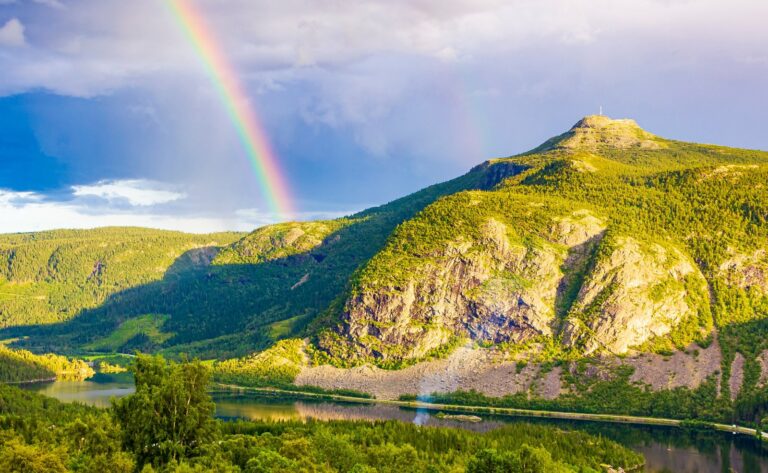
At the very heart of Norway, Valdres is a valley full of traditional rural communities. While the area was built on farming and agriculture remains important to the area, tourism plays an ever more important role.
That's because of the opportunities for outdoor activities and large amount of cultural heritage sites all over the area. In the summer, skiing is a popular activity.
Where is Valdres, Norway?
From the Jotunheimen mountains in the north to Begnadalen in the east, Valdres stretches over 5,400 square kilometres at the heart of Norway.
Valdres lies to the east of Hallingdal and west of Lillehammer and the Gudbransdal valleys. The former district now consists of six municipalities: Vang, Vestre Slidre, Øystre Slidre, Nord-Aurdal, Sør-Aurdal and Etnedal.
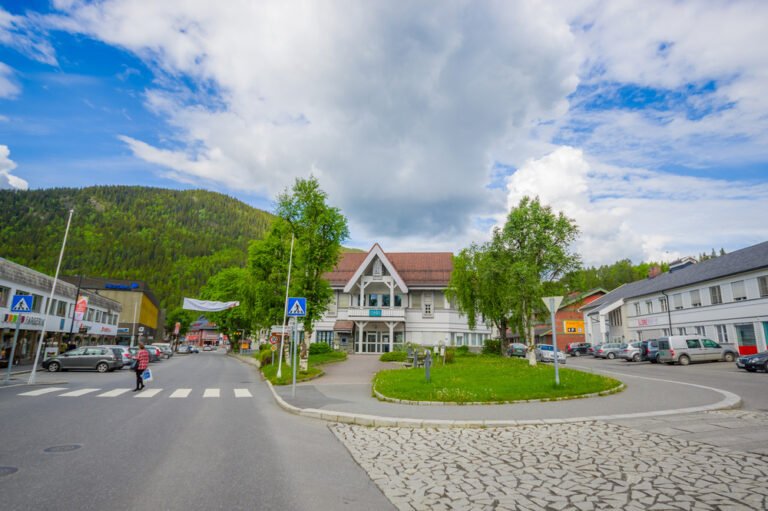
The town of Fagernes is the largest town and considered the ‘capital' of the region. Fagernes is less than a 3-hour drive from Oslo. There's also an airport serving the town, although since 2018 it has only been open to general aviation.
The history of Valdres
There are traces of human settlement in Valdres tracing back almost 8,000 years. Archaeological discoveries have been made from the Stone Age, Bronze Age, the Earlier and Later Iron Ages and the Middle Ages.
Valdres played a key role in the history of Norway. It was and still is an important agricultural area. In the 18th-century, the building of the King's Road from Oslo to Bergen brought new opportunities to the region.
Rural life in the 19th-century became a struggle and many people from Valdres joined the hundreds of thousands others from across Norway by heading for the United States to seek farmsteads and new economic opportunities.
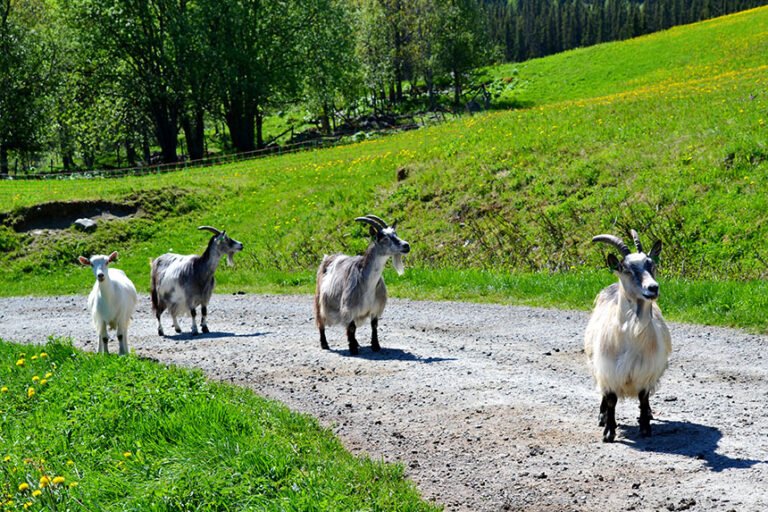
Many readers of Life in Norway are ancestors of Norwegians that moved from Valdres to the new world more than 100 years ago. Membership organisation Valdres Samband provides its members with a genealogy database to aid family research.
Things to do and places to see in Valdres
So, if you're planning a trip to Valdres, here are some ideas for your itinerary.
Driving Valdresflye
One of Norway's 18 national scenic routes, the Valdresflye road trip is a fantastic introduction to Valdres when arriving from the north. Much of the route runs above the tree line offering a spectacular view of the entrance to Jotunheimen National Park.
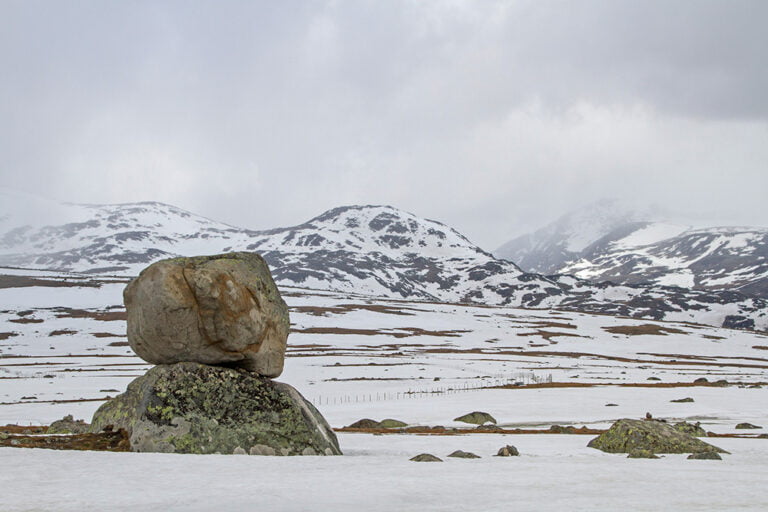
Attractions along the route include the Flye 1389 cafe—named after its elevation above sea level in metres—and the giant rock cairn Steinplassen. Just off the road is the scenic Gjende lake, the starting point for the Besseggen ridge hike.
Cycling Mjølkevegen
One of Norway's most attractive cycling routes, Mjølkevegen is a 250km route between Vinstra and Gol. Of course, you don't have to cycle the whole thing! There are many shorter sections ideal for all abilities in beautiful mountain areas.
Other activities in the area include hiking, swimming, fishing and traditional mountain farms that are open for visitors.
Hiking the King's Road
The King's Road (Kongevegen) was built between Oslo and Bergen in the late 18th-century by simple hand tools. At the time, it was the most important route linking the west coast with eastern Norway.
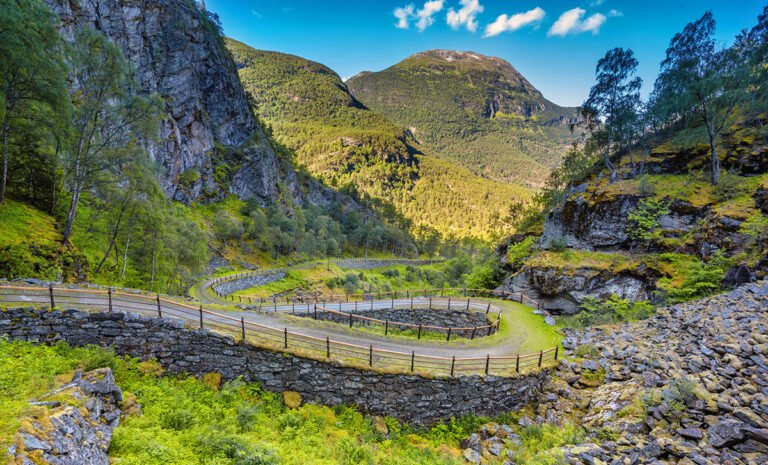
Today, many parts of this historic route have been transformed into hiking and biking trails. The Kvamskleiva area in Vang and Filefjell are two popular sections with well-marked trails.
Kongevegen over Filefjell is one of Norway’s finest pieces of engineering heritage. The route runs from the narrow, dramatic fjord landscape at the head of the Sognefjord over the Filefjell Mountains and down to the rural villages in Valdres.
Fagernes
The biggest town in Valdres, Fagernes is an important commercial centre on the E16 road between Oslo and Bergen. It's a small town but nevertheless worth a stop to refuel, grab some lunch and take a stroll along the charming waterfront. Take a look:
Given its location in the middle of Valdres, Fagernes is a good choice of base if you're planning a few nights in the area. It's also home to one of the region's best museums.
Valdres folk museum
Founded in 1901, this open-air museum in Fagernes is one of the largest of its kind in Norway. Comprising almost 100 traditional buildings, the museum records the history of the farming lifestyle and communities of Valdres.
During the year, the museum hosts various events including folk music festivals, seminars and open-air theatre.
Beitostølen
A well-known ski resort in the north of Valdres close to the southern end of the Valdresflye route, Beitostølen is a popular choice when visiting Valdres in the winter.
In addition to a ski lift and downhill slopes, there are 320km of cross-country skiing trails.
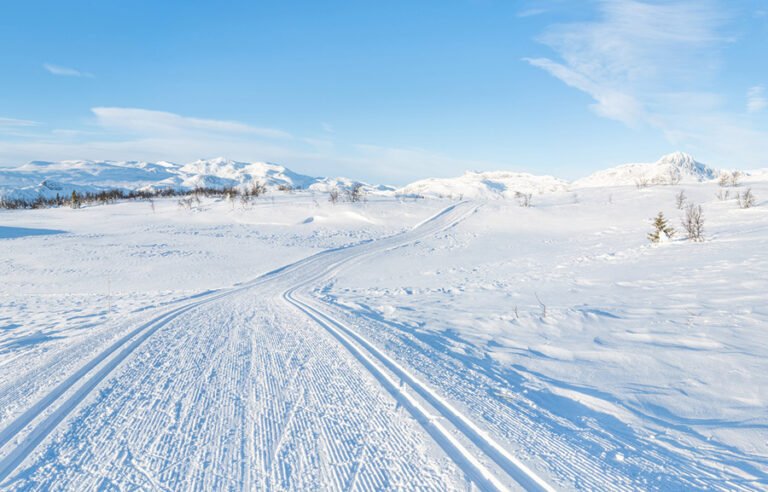
There's also plenty to see and do in Beitostølen in the summer, despite its small size. Plentiful hiking opportunities and a family-friendly activity park are among the highlights.
Historic churches
Six of Norway's remaining stave churches are located in and around Valdres: Hedalen, Reinli, Hegge, Lomen, Høre and Øye.
For a taste of what to expect, check out this article, images and video from Hegge stave church, located between Beitostølen and Fagernes.
While in the region, don't miss the two stone churches from the Middle Ages in Slidre and Ulnes, and the ruins of Mo church Vestre Slidre.
Have you spent any time in Valdres? What's your favourite thing to do in the region?

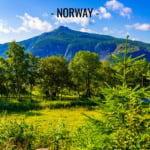

my grandfather was one of many that migrated to the USA in 1910 in search of new opportunities. fortunately, our family has reconnected with our norwegian relatives and we have visited each others homes. more visits to follow now that travel issues are easing. thank you for the genealogy website information. i love your articles. keep up the good work.
Thank you for mentioning our organization. I am president of the Valdres Samband. Our website is valdressamband.org. The link you listed is for our genealogy database. Accessing the database and access to our genealogist, Bygdeboks, and numerous other genealogy resources are a benefit of membership. We gather for our annual Stevne in the Upper Midwest, plus every five years we host a tour to Valdres. We connect members that visit Valdres to their ancestral home and sometimes family in Valdres. Plus we have a biannual magazine the Budstikken. All for $16 a year.
I have visited Valdres. I was very happy with our accommodations at the campground in Fagernes next to the folk museum.
Hi, I guess I should join your organization. I live in Saint Paul, MN, and my great grandparents moved to Minnesota and then North Dakota in 1872, landing in Owatonna and Little Falls, MN. Our families lived in Nord Aurdal and we’ve had a genealogist take us back 500 years, with most living in the same area that whole time. I inherited 10 Bydgeboks covering much of the Valdres Valley from my third cousin, after he passed. I so want to visit Norway!
–Karen Olson
My grandfather grew up in Valdres. He lived there all his life until I was born, then he moved to the States to be closer to me. I visited Norway and got to see their old farmhouse, where his son grew up, we visited Fagernes and went to the Troll Park. I’ve always wanted to go back and I want to take my husband and kids with me.
Last spring my sister and I visited the Valdres area as guests of a distant cousin, Terje Jorgander, who lives in the region. While there we visited the Valdres Folk Museum where I bought a broach, replicating the heart shaped symbol (made of two snakes wrapped in a position to form the heart) seen many places throughout the area. Im wondering if you can tell me anything about the history of the symbol and its significance to the Valdres region.